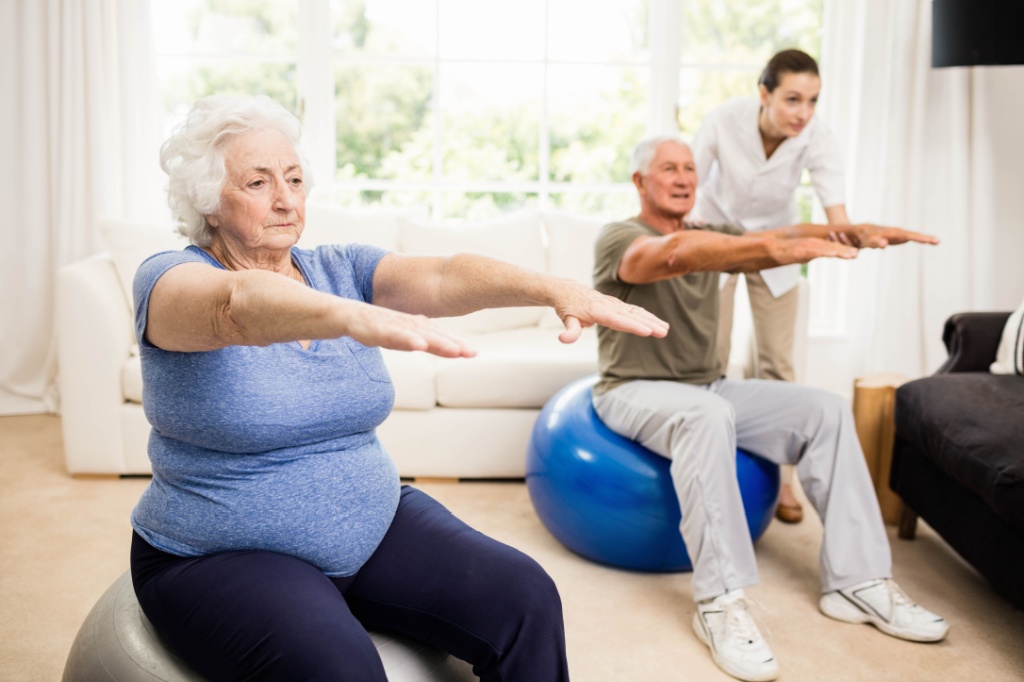Living longer does not always mean living better. But if we have learned anything in recent years, it is that quality of life in old age is not a matter of luck, but of attitude, habits and social support. This is where a concept we are hearing more and more about comes into play: active aging.
What is active aging and why does it matter?
Active aging, according to the World Health Organization (WHO), is the process by which opportunities for health, participation and security are optimized with the aim of improving quality of life as people age.
In other words, it is not just about avoiding illness, but about staying physically, mentally and socially active. It is a philosophy that breaks with the stereotype of aging as a stage of deterioration and redefines it as a stage of growth, adaptation and enjoyment.
Promoting active aging not only benefits the elderly themselves, but also their families, communities and society in general, as it reduces dependency and fosters integration.
Keys to active and healthy aging
Active aging is not an abstract concept, but a reality that is built through daily habits. To achieve it, it is important to understand which areas we must take care of and strengthen with the passage of time.
Autonomy and social participation
Feeling useful, making one's own decisions and remaining an active part of society are pillars of active aging. When an older person loses the ability to make decisions for him or herself, his or her self-esteem and well-being are directly affected.
Encouraging participation in family life, community activities or even volunteering helps to strengthen self-esteem and personal relationships.
Physical and mental health
Keeping the body moving and the mind awake is essential. Here we are not talking about marathons or great feats, but about adapted, personalized and constant routines, such as walking, gentle exercise or yoga for seniors.
Mental health, meanwhile, is just as important. Combating isolation, maintaining emotional ties and having emotional support prevent the onset of anxiety, depression and cognitive impairment.
Continuing education and personal motivation
It is never too late to learn something new. Participating in workshops, courses or cultural activities not only stimulates the brain, but also strengthens confidence, gives meaning to everyday life and opens new spaces for relationships.
Lifelong learning is one of the foundations of active aging. A motivated, goal-oriented older person (no matter how small) lives with more enthusiasm, independence and purpose.
Activities to promote active aging
Knowing why it is important to be active is the first step. The next step is to put it into practice. And for that, there are multiple activities that adapt to each person, their tastes, abilities and lifestyle.
Adapted physical exercise
Exercise is not a fad, it is a necessity. For the elderly, movement is the best tool to maintain mobility, muscle strength and prevent falls. Daily walking, swimming, gentle gymnastics or tai chi are excellent options.
The ideal is to have professional advice and adapt each activity to the physical capabilities. Even those with reduced mobility can benefit from chair-based routines or breathing exercises.
Social activities that connect
Unwanted loneliness is one of the greatest enemies of healthy aging. That is why fostering meeting spaces is key. Book clubs, senior cafés, cooking workshops, handicrafts or even intergenerational activities connect people and strengthen bonds.
Participating in group activities improves mood, reduces the risk of cognitive decline and creates a valuable emotional support network.
Cognitive and emotional stimulation
Memory games, crossword puzzles, daily reading, listening to music, learning a language or playing an instrument... any activity that stimulates the brain helps to keep it in shape.
But it's not all about reason and logic. The emotional aspect also counts: expressing feelings, having meaningful conversations, practicing gratitude or simply feeling heard has a profound impact on mental health.
The role of the family in active aging
The family, neighborhood or institutional environment directly influences how we age. Therefore, active aging is also a collective responsibility.
Families can accompany without overprotecting, motivate without imposing, and create spaces for dialogue where the older person continues to have a voice. And institutions, for their part, must offer accessible resources, safe spaces and public policies that promote inclusion. An adapted bench, a meeting place or a day center with a variety of activities can make the difference between passive aging and one that is full of life.
Active aging is not a fad or a luxury. It is a way of life that is committed to the well-being, autonomy and participation of the elderly in all areas of society.
With small changes and the right accompaniment, it is possible to age in a healthy, happy and purposeful way. The key is to stay curious, on the move and in connection with others.
And you, are you already thinking about how you want to live your next years?
It is never too late to start taking care of yourself. Because the important thing is not only to live longer, but to live better.

